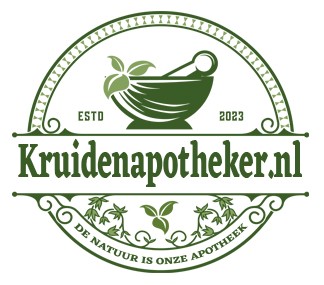Natural Science Hub Search function
Type your keywords and we will find the results

-
Kurtosis-based projection pursuit analysis to evaluate South American rapadura.
- Date:
- Author: Baqueta MR | Pizano FP | Villani JD | Toro SJH | Bragotto APA | Valderrama P | Pallone JAL |
Rapadura is an artisanal candy obtained from concentrated sugarcane juice. In this study, a differentiation between South American rapadura producers has been tried using a Kurtosis-based projection pursuit analysis (kPPA) concerning essential minerals, acrylamide, moisture contents, pH, and color. These parameters revealed significant inter- and intra-country differences. Based on the employed measurements, a multivariate exploration with kPPA extracted information from rapadura even though it is a very artisanal product and was effective in separating classes, especially Brazilian and Ecuadorian rapadura, where principal component analysis failed. Moreover, ellipse confidence regions showed significant differences between non-organic and organic rapadura from Colombia and Peru in granulated form. From a chemometric point of view, the application of kPPA can be used in cases when other metrics (as based on the variance) fail and can be useful in the exploratory analysis of complex multivariate chemical data.
Read More on PubMed -
Acrylamide in non-centrifugal sugar from Latin American markets: in-house validation of an LC-MS/MS method, dietary exposure assessment and risk characterisation in Brazil and Colombia.
- Date:
- Author: Henao SJ | Petrarca MH | Braga PAC | Arisseto AP |
A liquid chromatography tandem mass spectrometry method (LC-MS/MS) preceded by a rapid and simple QuEChERS-based sample preparation was developed and validated for the determination of acrylamide in non-centrifugal sugar (NCS), a solid product obtained from sugarcane juice without centrifugation, up to a concentration greater than 90 ºBrix. Adequate linearity in calibration curves, analytical selectivity and sensitivity were achieved. A limit of detection (LOD) and a limit of quantitation (LOQ) of 10 and 20 µg kg, respectively, were obtained. Recoveries (84.3-107.5%) and coefficients of variation (CV<15%) for repeatability and reproducibility conditions were appropriate in intraday and interday laboratory conditions. The concentration of acrylamide was determined in 76 commercial samples of NCS from different Latin American countries and ranged from <20 to 1414 µg kg. The highest mean acrylamide amounts were found in samples from Peru, Ecuador and Colombia (636, 446 and 401 µg kg, respectively). Considering the form of the product, the highest average levels were found in granulated NCS (517 µg kg) when compared to block (294 µg kg). Within the Colombian samples, organic NCS, made with natural flocculant, presented a higher acrylamide mean concentration (721 µg kg) than conventional samples (363 µg kg). Although the Margin of Exposure (MOE) values for neurotoxicity suggested that the estimated intakes in Brazil and Colombia are not a concern, MOEs obtained for neoplastic effects raised attention.
Read More on PubMed -
Effect of a beverage fortified with evaporated sugarcane juice on hemoglobin levels in preschool children.
- Date:
- Author: Arcanjo FP | Pinto VP | Arcanjo MR | Amici MR | Amâncio OM |
The study objective was to measure the effect of consumption of a beverage mixed with a high-iron sweetener (evaporated sugarcane juice known as rapadura) on hemoglobin levels in preschool children, and to compare it with the effect of consuming the same beverage sweetened with refined sugar. Research consisted of a 12-week randomized, controlled double-blind trial conducted in 2007 at a state-run school in Sobral, Brazil, among children aged 2-3 years. The study sample was divided into two groups-one consuming cashew juice mixed with 25 g of rapadura and 40 mg of ascorbic acid (per 200-mL serving), and another consuming the same quantity of juice and ascorbic acid sweetened with 25 g of standard refined sugar. A significant statistical increase in hemoglobin was observed in the group consuming the rapadura-fortified beverage. It was therefore concluded that consumption of rapadura increased hemoglobin and thus reduced iron deficiency anemia in preschool children.
Read More on PubMed




